[TRS-80, Softside]
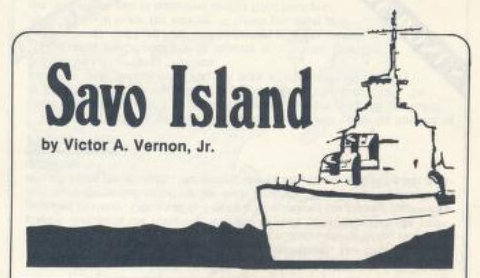
– Lieutenant Narwhal, we don’t see anything !
– I don’t care, just shoot and send torpedoes until you hit something – we have unlimited ammo.
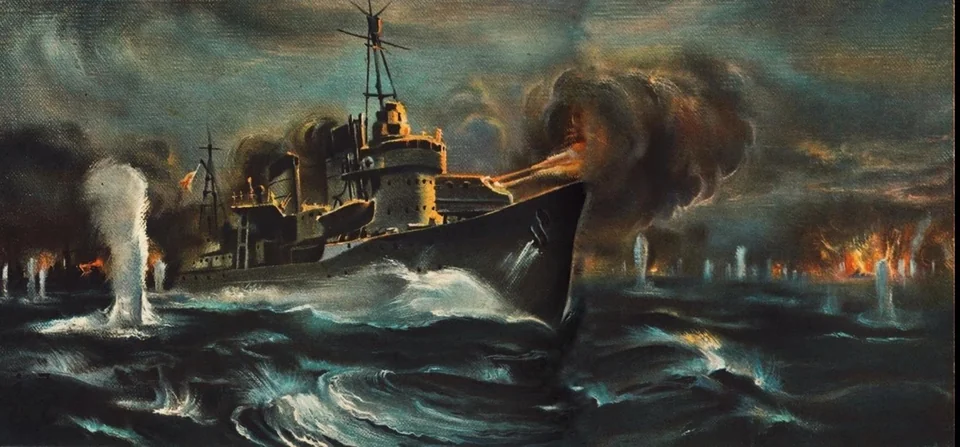
I already have discussed a bit the battle of Savo Island (August 8-9, 1942) during my coverage of Gary Grisgby’s Guadalcanal Campaign. The Japanese ambushed during the night of the 8th to 9th of August 1942 the Allied fleet covering the landing at Guadalcanal, and inflicted to the US Navy its last significant defeat. In total, 4 heavy cruisers were lost (the USS Quincy, USS Vincennes, USS Astoria, and the Australian HMAS Canberra), but the Allied learned their lesson.
Savo Island was published as a type-in by Softside and its introduction warns that it is a realistic game and as such you will face the same challenge the Allies did in this battle, namely : “WHERE ARE THEY ?! I CAN’T SEE S**T“.
To represent this, the game pings you your ships by name at the beginning, and then you have to remember which dot each one is. Given you start with 17 ships going all directions, it is a bit cheeky as far as design is concerned, though it fits with the limitation of both the TRS-80 and the type-in source.
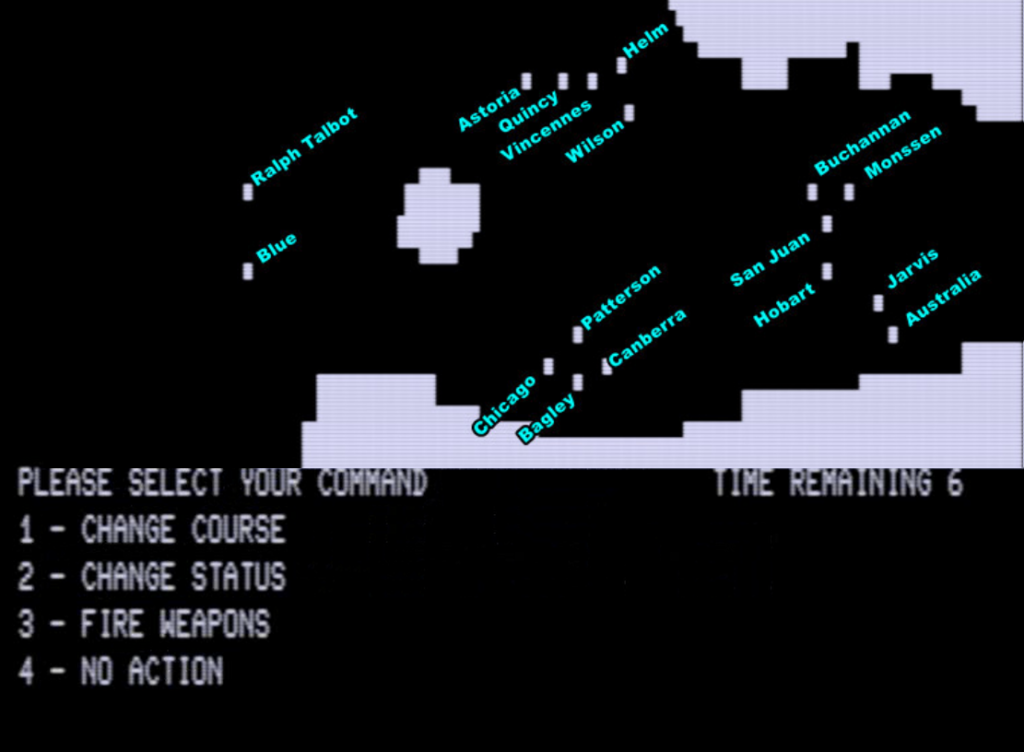
My first decision is to make sure that all ships move in the same direction when possible, so they can keep a recognizable formation through the battle and I can know who is where.
The first sign of the Japanese being around is when the USS Blue and the USS Ralph Talbot inform me they spotted something, though they are unable to indicate where this something is on the map. I shoot all around them with guns and then torpedoes, and one of the latter hits a hidden Japanese ship just two squares away.
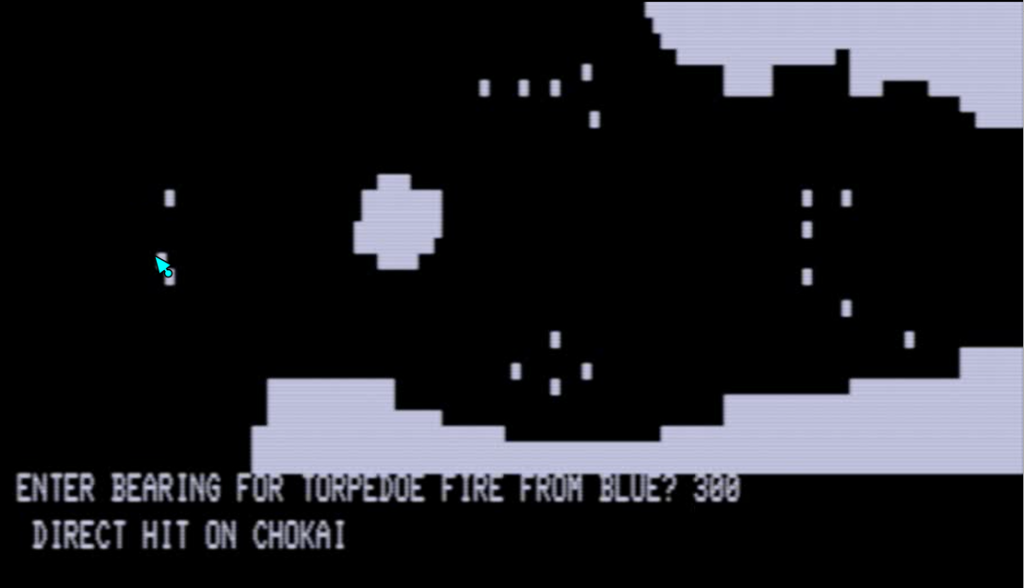
Sadly, it was my last attack for the turn, and the Japanese start their turn. My two ships are erased by the concentrated fire of invisible Japanese ships.
The rest of my fleet heads West in all haste. In theory I could and probably should regroup my ships before moving into contact, but the game is already agonizingly slow to play. Moreover, I don’t want to break my formations and lose track of where my ships are.
Eventually, invisible Japanese ships engage my fleet.
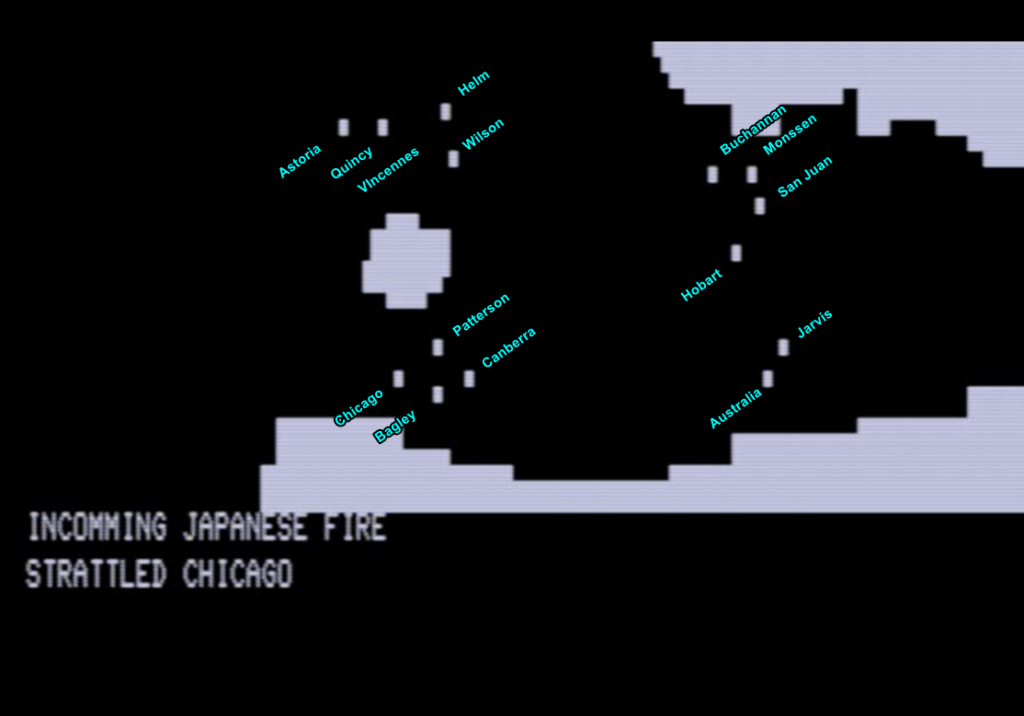
I shoot everything I have in the general area West of the island, but I don’t hit anything.
The following turn, the Japanese finally reveal themselves… by shooting at the USS Chicago with guns and two torpedoes, sinking her. That’s my third ship down without much to show for it, but I can finally shoot back :
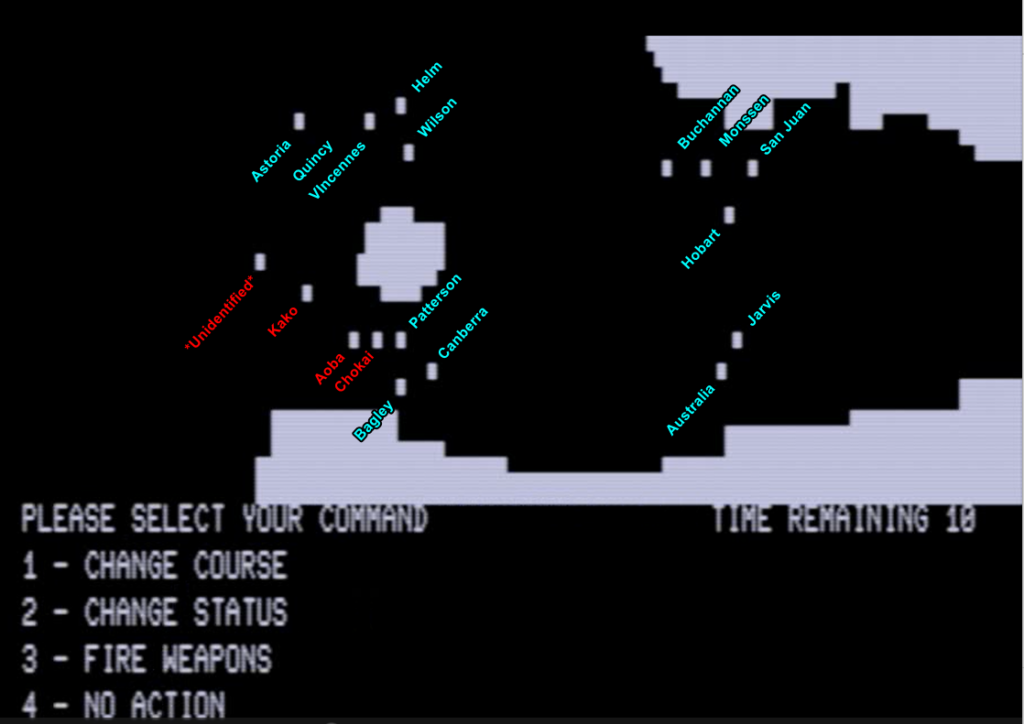
There are 2 types of weapons in Savo Island :
- Guns, represented by either 8-inch (cruisers) or 4-inch (cruisers and destroyers). To use them, the game asks you for each ship to specify which angle and distance you want to shoot. The ship will then fire as many times as it has guns, with each shot done with a 2° difference – which means that at short range several shots will land in the same square. 8-inch guns have a max range of 20 cells, 4-inch guns have a max range of 10 cells, so cruisers shoot once with all their 8-inch guns and then with all their 4-inch guns.
- Torpedoes – for which you specify an angle after which they go in a straight line.
Let me tell you that shooting at stuff is HARD, both for the angles – the “cells” are rectangles, so the 45° according to the game is not the same 45° you see on screen – and even more for the distance. In the situation above, I have no problems hitting the Aoba and the Chokai with the 4-inch guns from the USS Bagley and the USS Patterson, but shooting the 8-inch from the HMAS Canberra was a bit hairier due to the risk of friendly fire, and at long range the USS Astoria, USS Quincy and USS Vincennes all together only manage to hit the Kako twice. The Chokai also receives two torpedoes this turn.
I must emphasize how slow this is. The game queries you for every single ship, even those at the back, and there is a long delay between shots in the same salvo. Here is for instance a GIF of 50 seconds of the USS Astoria shooting one salvo of 8-inch and another of 4-inch, only to straddle the Tenryu once :
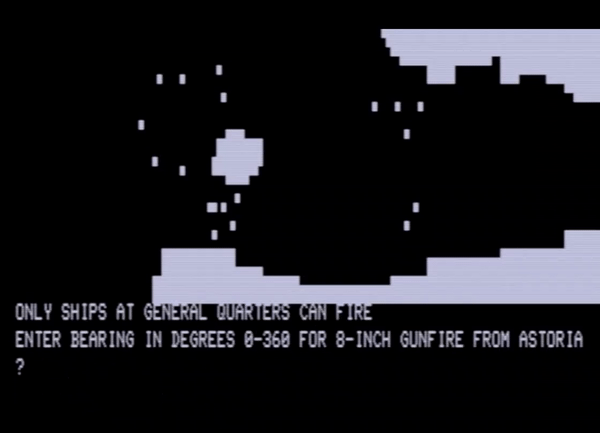
Now imagine taking almost one minute every time you shoot a target, including with torpedoes, and you cannot even accelerate the game because you have only limited time to give orders every turn.
The Japanese are much more accurate than I am, and they focus on the cruisers, one at a time. I lose the USS Quincy, the USS Vincennes and the HMAS Canberra. Meanwhile, I miss most of my shots and I am unable to focus on the same ship between one turn and another. I still see 7 of the 8 Japanese ships, and I am pretty sure I did not sink the last one…
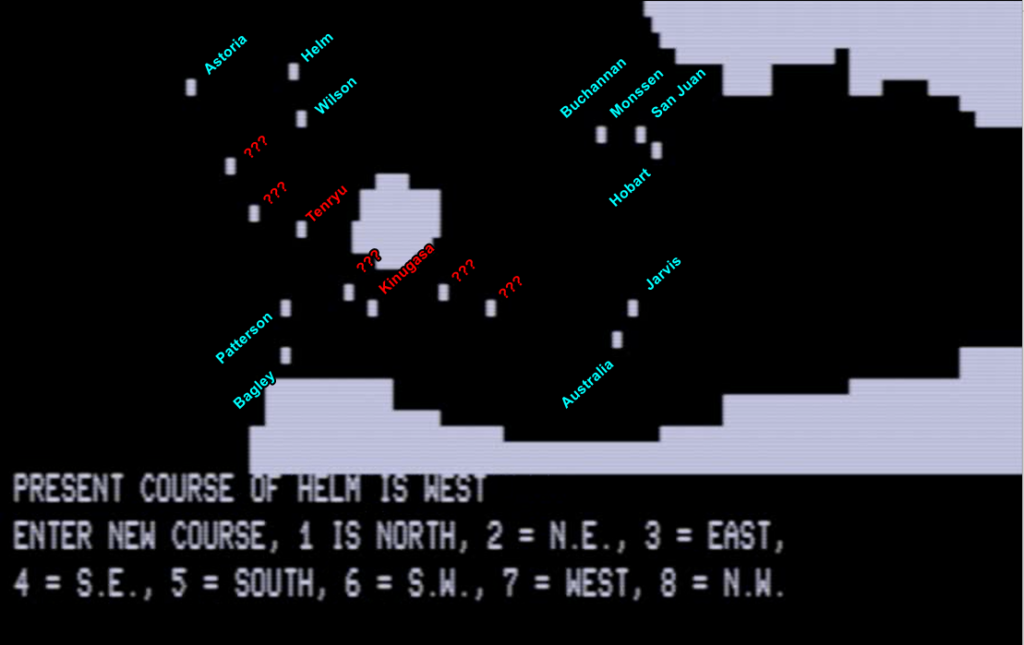
Shortly thereafter, as the Japanese entered the straight, I lose the USS Buchannan and the USS Monssen even though I thought they were out of range.

The battle carries on like this. I lose ships every turn (the HMAS Australia, and then the USS Patterson and the USS Bagley) and I occasionally hit the Japanese ships.
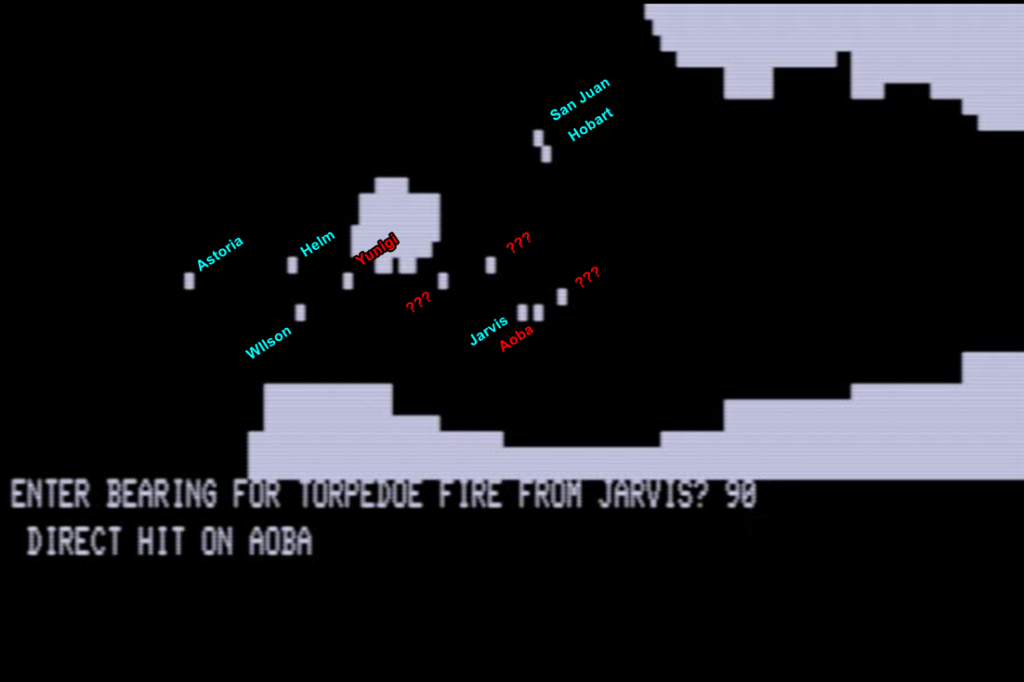
By the time I lost the USS San Juan and the USS Hobart, I feel like the Japanese power has largely abated – I think I sank at least two of their ships, maybe three. Of course, I have only 4 ships left, so I am not really in a great position.
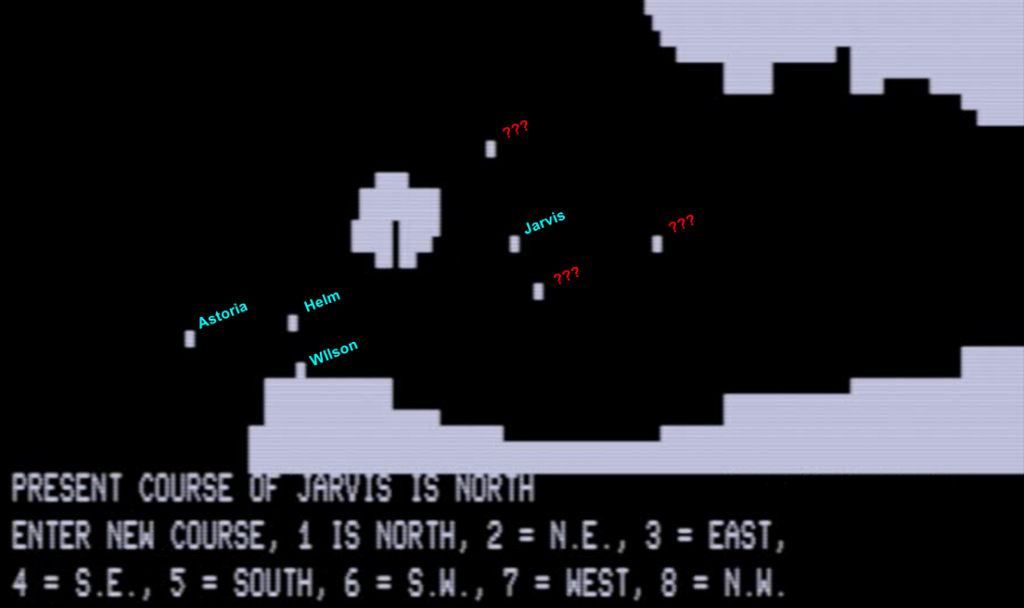
Finally, I am left with only the USS Astoria, the USS Helm and the USS Wilson – and the Japanese disappeared from sight.
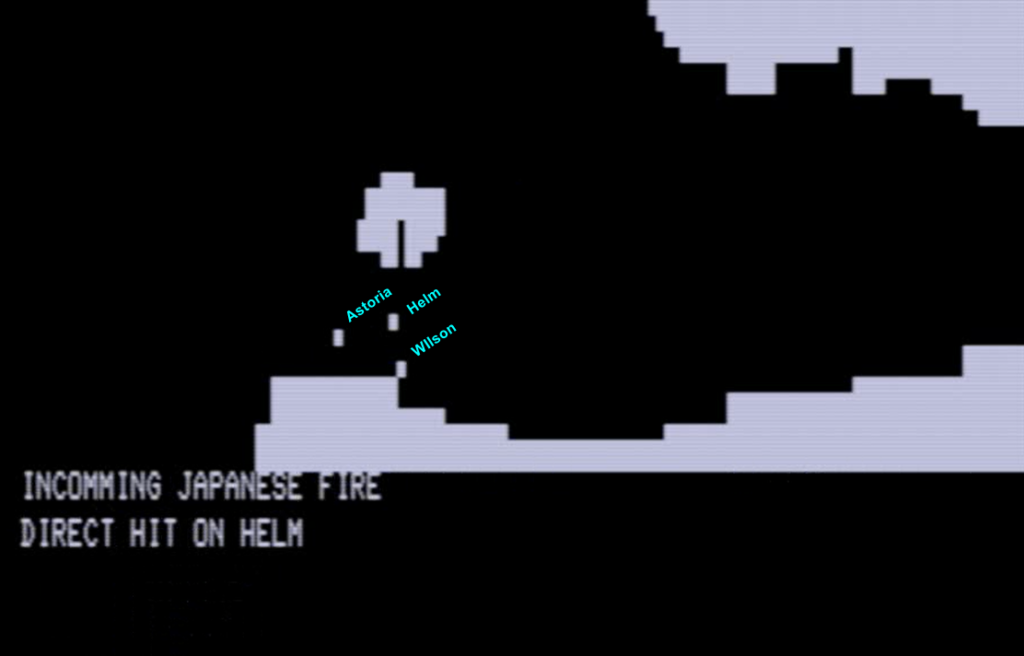
My three remaining ships are ultimately picked off one after the other without me even seeing what’s shooting at me.
I lost, and now I am curious to know how many Japanese ships I really managed to sink…

… guess I’ll never know.
Addition 26/05/2023 : Commenter LanHawk was nice enough to fix the game and send me what the game shows after a defeat :
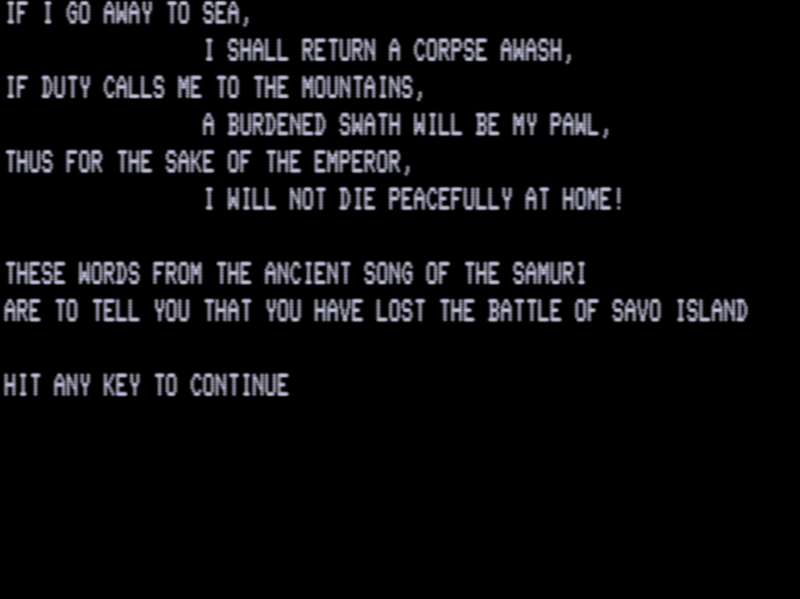
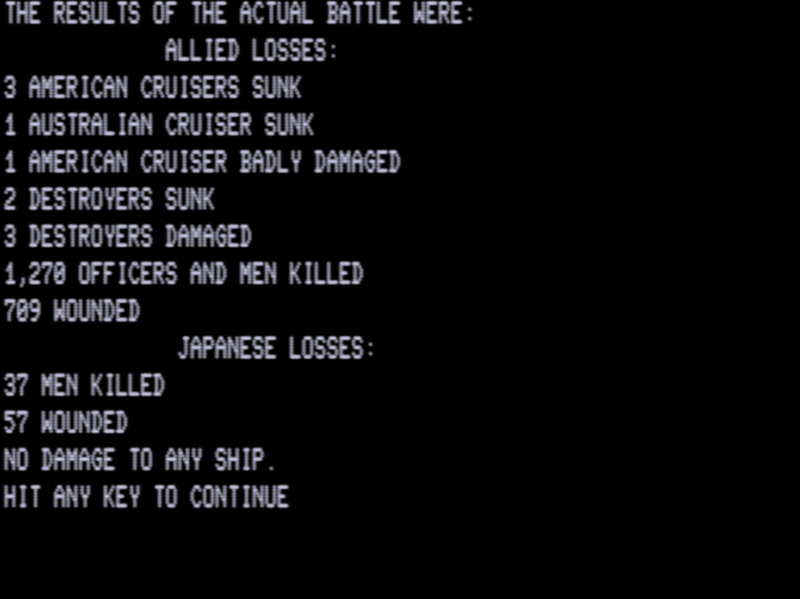
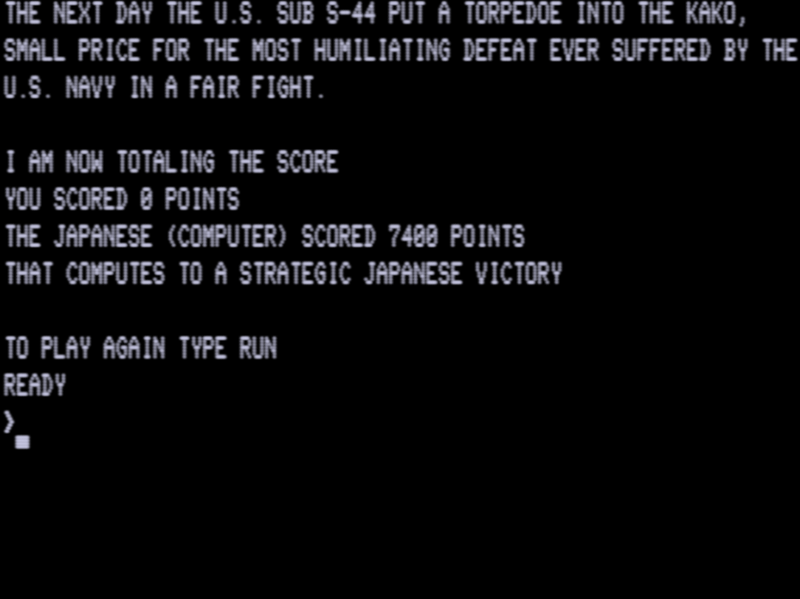
It looks like the game never tells you what you actually sunk !
Ratings & Review
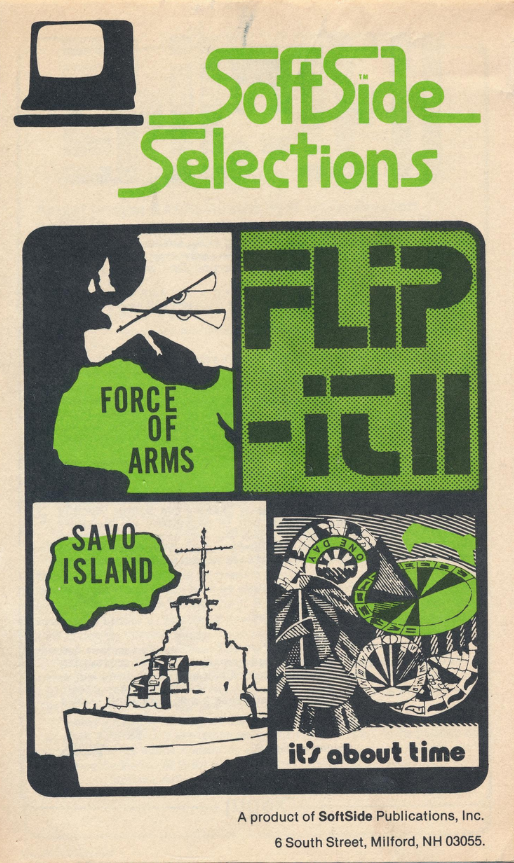
Savo Island by Victor A. Vernon Jr, published by Softside, USA
First release : March 1983 (TRS-80)
Tested on : TRS80 emulator (TRS80GP)
Total time tested : One hour and half
Average duration of a battle: One hour and half 🙂
Complexity: Simple (1/5)
Would recommend to a modern player : No
Would recommend to a designer : No
Final Rating: Totally obsolete
Ranking at the time of review : 69/97
Summary :
While Savo Island is a game more about the ability to accurately gauge distance and angle than about tactical flair, it manages to be thematic, and competently designed given the constraints of the TRS-80 and of being a type-in game. Ultimately not a very rewarding game.
Savo Island is a game by Victor A. Vernon published by Softside, an early computer magazine launched in 1978 and most notable for the high number of type-in software it included – software that was also available on cassette or diskette for a little extra. This offer initially worked well for them, but by 1982-1983 Softside started struggling : competition had become fierce and the increasing number of computers on the market meant that an increasing space in the magazine was allocated to type-ins for computers most readers did not have. In March 1983, Softside tried to solve the latter issue by separating a platform-agnostic Softside Magazine from a computer-specific booklet attached in the magazine : Softside Selections. The first batch of Softside Selections booklets would include, for the TRS-80 edition, Savo Island.

Immersion – Poor Savo Island manages to represent well the utter confusion of the battle from the Allied point of view, provided you manage to imagine your TRS-80 grey pixels as ships.
The listing was introduced by a well-written historical article – which is more than many wargames sold in a box with a full-fledged manual.
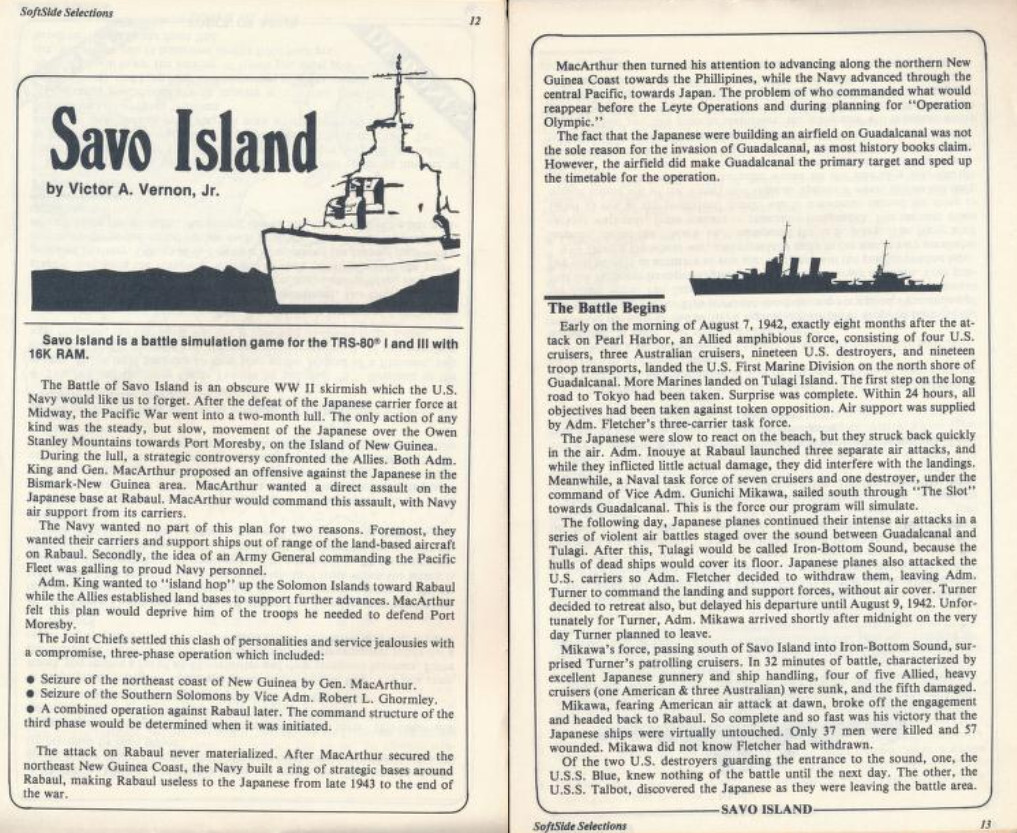
UI, Clarity of rules and outcomes – Terrible. The rules are clear. Everything else, not so much -officially on purpose because the Americans had no idea what was happening either. Still, I am removing points because the game is just so slow.
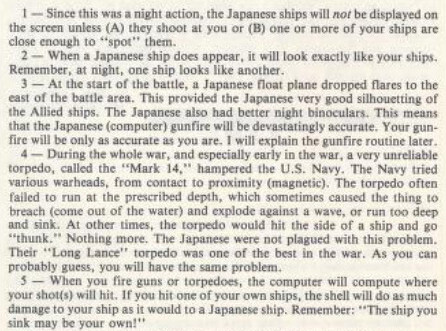
Systems – Very poor. Strategy and tactics are secondary in Savo Island, what really matters is your capacity to hit bullseye with your guns and torpedoes. Of course, it is probably wiser to regroup all the ships before engaging the enemy, but then again the game is already slow and confusing when I am NOT manoeuvring my ships, so I just wanted to jump straight into action and win or lose and be done with it.
Scenario design & balancing – Poor.
Did I make interesting decisions ? No. I had some fun trying to hit enemy ships, but I would not call “trying to estimate angle and distance” a tactical or strategical decision.
Final rating : Totally obsolete. Savo Island is not much of a strategy game, and as far as “artillery” games are concerned it is too slow and too dry to be fun – I like to know whether I did any damage to the enemy before the end of the battle. Still, given the constraints of both Softside‘s format and the TRS-80 computer, it is a good choice of theme and a good design, and back when everyone was more patient with their video games it must have been a worthy reward to play it after typing the code – and possibly even worth the extra price for those who had subscribed to the cassettes. I had skipped Vernon’s earlier Leyte for being too simple a game for my blog, but now I want to give it a chance.